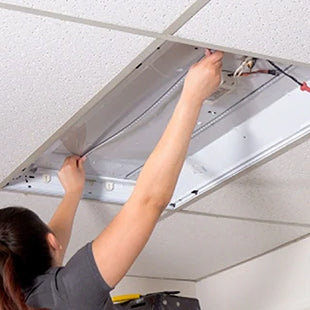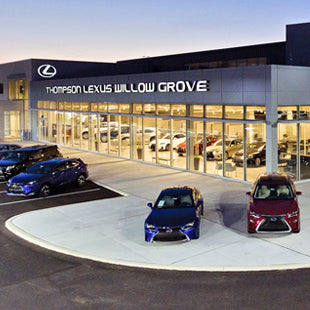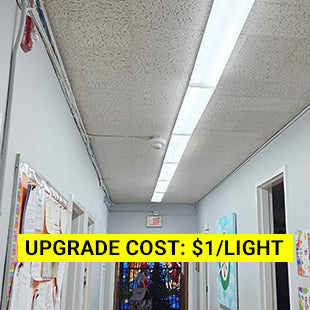The Lifespan of LED High Bay Lights: A Detailed Examination
High bay lights utilizing LED technology offer robust illumination for commercial and industrial applications while substantially reducing energy consumption. Understanding the lifespan of these luminaires is crucial for businesses seeking cost-effective and sustainable lighting solutions. In this article, we delve into the factors influencing longevity and debunk common misconceptions.
Defining LED High Bay Lights
LED high bay lights are fixtures engineered to illuminate large indoor spaces with high ceilings (often exceeding 20 feet). They find applications in warehouses, manufacturing facilities, gymnasiums, and other industrial settings where powerful, uniform lighting is essential for productivity and safety.
The Lifespan Puzzle
The lifespan of LED high bay lights refers to the duration of continuous operation before the light output depreciates to a predetermined percentage of its initial brightness. Unlike traditional lighting technologies such as fluorescent or incandescent lamps, LEDs do not abruptly fail but undergo a gradual decline in luminous efficacy over time.
Factors Influencing Lifespan
- Quality of Components: The longevity of LED high bay lights heavily depends on the quality of components used in their construction. High-grade LEDs, durable heat sinks, and reliable drivers contribute to extended lifespan.
- Heat Management: Efficient heat dissipation is crucial for maintaining LED performance and longevity. Proper ventilation mechanisms and heat sinks prevent overheating, which can degrade LED performance over time.
- Operating Conditions: Environmental factors such as temperature, humidity, and dust levels can impact the lifespan of LED high bay lights. Operating within recommended temperature ranges and maintaining clean fixtures can prolong their service life.
- Driver Reliability: LED drivers, responsible for regulating current and voltage, play a crucial role in ensuring stable operation. Quality drivers with adequate surge protection and thermal management contribute to the overall longevity of the luminaire.
Understanding Expected Lifespan
On average, high-quality LED high bay lights boast a lifespan ranging from 50,000 to 100,000 hours. This translates to over 11 years of continuous operation when used 12 hours a day, making them a highly durable and cost-effective lighting solution for industrial applications.
Debunking LED Lifespan Misconceptions
"LEDs Last Forever"
While LEDs offer significantly longer lifespans compared to traditional lighting sources, they are not immune to degradation. It's essential to understand that LED performance gradually declines over time, albeit at a much slower rate than conventional lamps.
"Higher Wattage Equals Longer Lifespan"
Contrary to popular belief, the wattage of LED high bay lights does not directly correlate with their lifespan. While lower wattage luminaires may generate less heat and potentially last longer, the quality of components and design are more significant determinants of longevity.
What You Can Do: Maintenance and Care
To maximize the lifespan of LED high bay lights, routine maintenance and care are imperative. Regular cleaning of fixtures to remove dust and debris, inspection of heat sinks for optimal thermal dissipation, and prompt replacement of faulty components can significantly extend the luminaire's service life.
The lifespan of LED high bay lights is influenced by various factors including component quality, heat management, operating conditions, and driver reliability. By adhering to recommended maintenance practices and investing in reputable products, businesses can harness the full potential of LED technology for durable and energy-efficient illumination in industrial settings.





